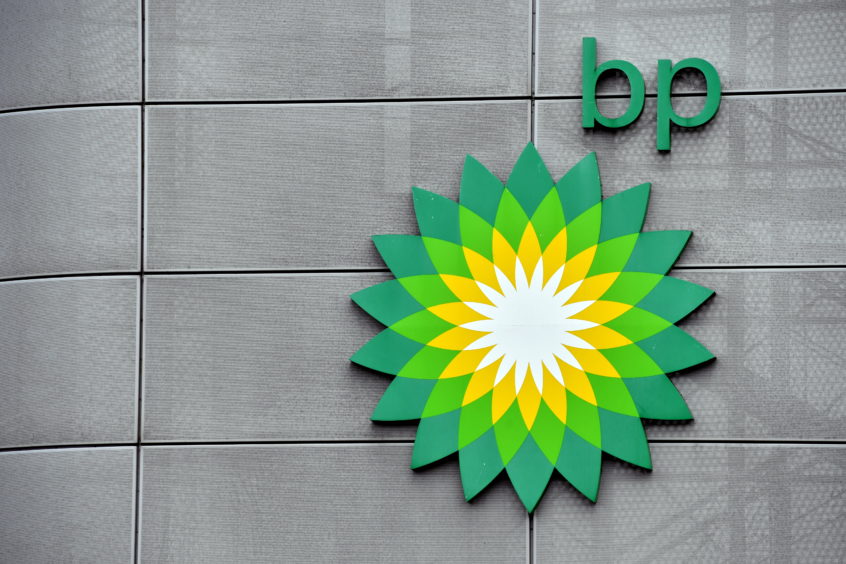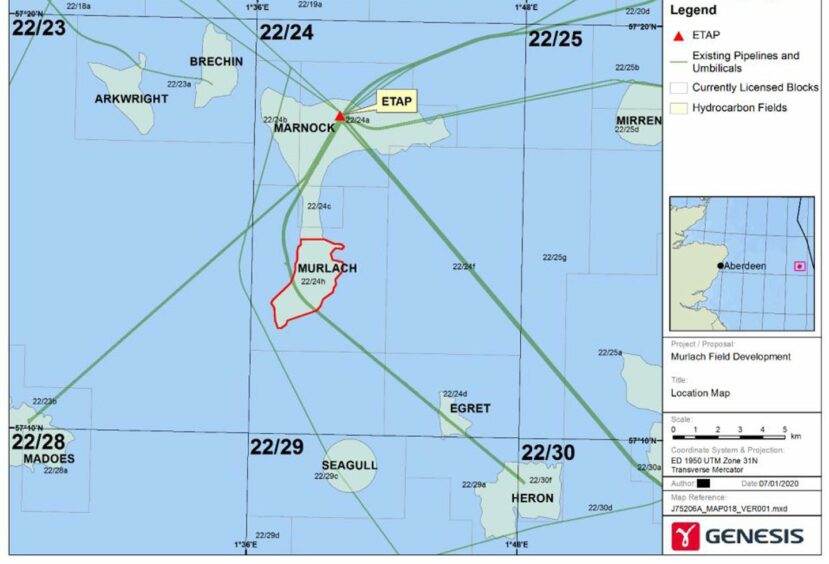 © DCT/ Kami Thomson
© DCT/ Kami Thomson Government and regulators have signed off on BP (LON: BP) plans for the Murlach oil and gas redevelopment in the North Sea.
The Department for Energy Security and Net Zero announced on Tuesday that the two-well project would proceed, having received formal approval of its environmental statement from Secretary of State Grant Shapps prior to his departure in late August.
The Ministerial nod was followed by signoff from the North Sea Transition Authority (NSTA), which granted consent on 8 September.
The rubber stamp marks a major milestone for the project and for operator BP, after Murlach was reportedly included as part of a list of key energy and infrastructure projects to be “fast-tracked” for approval last year.
Murlach is a redevelopment of the Marnock-Skua field, around 126 miles east of Aberdeen, which was in production in the early 2000s and previously operated by Shell.
Its redevelopment is expected to recover around 26 million barrels of oil and 602 million cubic metres of gas.
BP acquired the licence along with joint venture partner NEO Energy – which holds a 20% stake in the project – as part of the 30th Licensing Round following its relinquishment by the rival supermajor.
Doris Reiter, BP’s senior vice president for North Sea, said: “Development of the Murlach field further demonstrates BP’s strategy in action – investing in today’s energy systems and, not or, investing in the energy transition.
“BP has been in the North Sea for close to six decades and are investing in its future and supporting energy security, by focusing on oil and gas opportunities around our portfolio that can be developed through established production facilities with lower operational emissions.
“Murlach is a great example of that as it will be connected to the ETAP (Eastern Trough Area Project) hub which has been operating in the central North Sea for 25 years. In fact, Murlach is a redevelopment of a field that was previously in production in the early 2000s and this project will benefit from the reuse of some existing subsea infrastructure in the area.
“We welcome approval to progress this project and look forward to working with our joint venture partner to bring this field into production.”
Murlach first oil eyed for 2025
The project itself will consist of two production wells and a subsea tieback to the Eastern Trough Area Project (ETAP) installation, with an expected production life of around 11 years.
Peak production would be in the region of 20,000 barrels of oil per day and around 17 million cubic feet of associated gas per day.
The Murlach project will share existing infrastructure already present around the Murlach Field, including the Heron A production pipeline to transport production fluids, the Heron wash water pipeline and the Seagull control umbilical.
The project also includes the installation of a new manifold, together with tie-ins and a new gas lift pipeline from the ETAP platform, according to BP filings.
Modifications will be required to the ETAP topside arrival facilities and separation for overpressure and temperature protection together with metering/instrumentation requirements.
Additionally, existing ETAP reception and separation facilities have been out of service, with an assessment to be undertaken to determine the requirements for replacement or refurbishing of equipment and instrumentation.
Gas and oil will be comingled with existing ETAP fluids and gas will be exported via the Central Area Transmission System (CATS) and oil exported via Forties Pipeline System.
Published plans suggest activities are due to start in Q3 2023 with modifications to the ETAP topside, followed by subsea facility installation and drilling operations in 2024 and first oil expected in Q2 2025.

